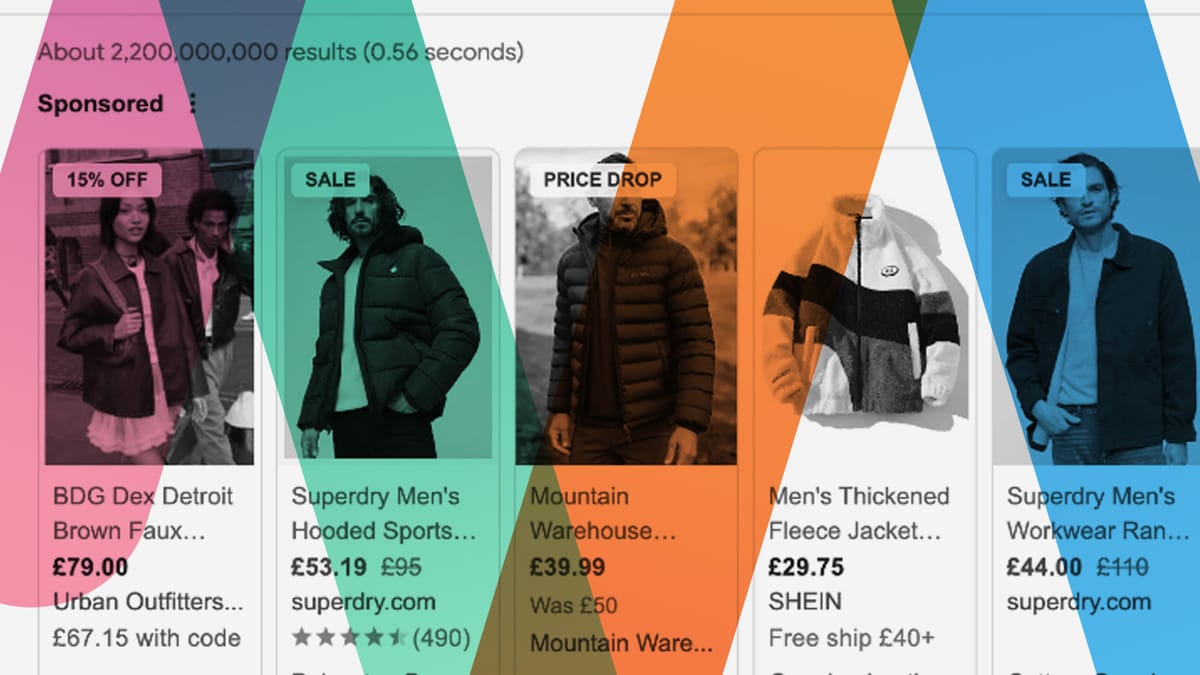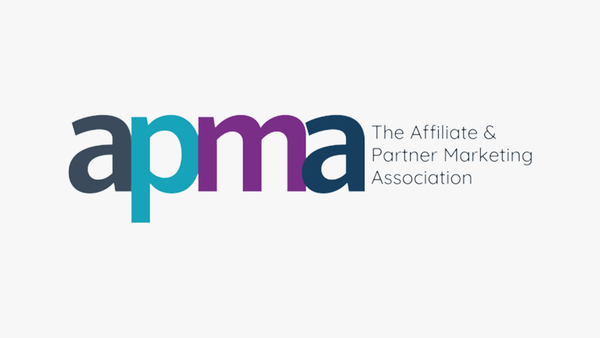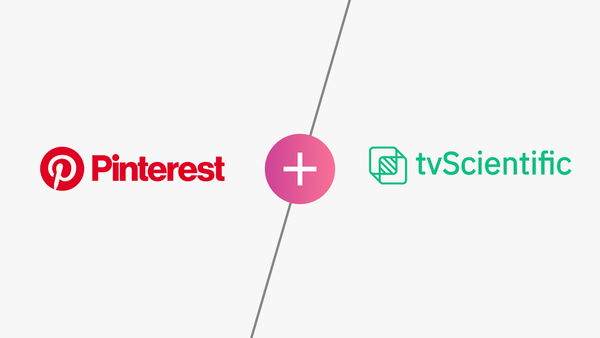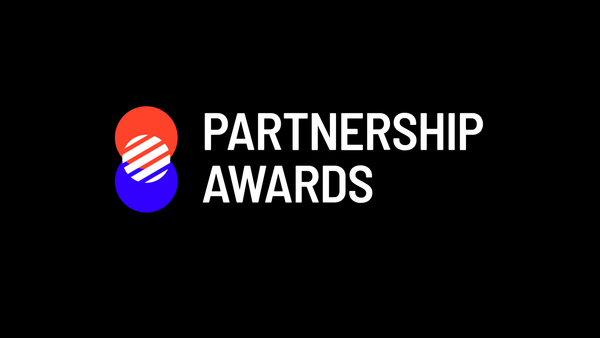Towards the end of 2023, the UK economy went into recession. Japan did too. Reports say that the US is following close behind, forecasted to enter a recession in the middle of 2024. The Eurozone narrowly avoided recession at the end of last year, ‘by the skin of its teeth’ according to some reports. The same goes for Australia, which is projected to see an increase in unemployment this year.
I could go on, but this is getting gloomy enough as it is.
We all know that times are difficult right now – particularly where money (i.e. budgets) are concerned. Everyone is having to tighten budgets, whether that be personally or within a business.
During such periods, in a business, it’s a common occurrence that a company’s CFO will apply pressure to the CMO and marketing teams, taking a fine-tooth comb to ad spend and urging a greater focus on ROAS.
Often, this entails a suspension of upper-funnel activity and a concentration on the lower-funnel, drilling right down to the pennies. You need to create a short term uplift in sales.
As we all know, affiliate and performance marketing have been the trusty workhorses for this kind of activity since their conception.
Incentives, promotions, and discounts are all tried-and-true ways of honing in on a tight ROAS and ensuring no penny is wasted. But those strategies mean you're focused on converting the potential customers already in your funnel. And there are risks that come with them. First of all, they can erode margin. There’s the worry that if you cease investment in brand awareness, you’ll eventually have no new customers to convert. Worst case scenario: they train your customers to never pay full price for your products again.
What if you didn't have to sacrifice attracting new customers while focussing on conversion?
There is a way to kill two birds with one stone. The answer can be found in a fairly inconspicuous Google feature that’s been around since the early 2000s: CSS.
No, it’s not that CSS.
CSS stands for Comparison Shopping Service. It might just be your new best friend in times of recession.
What is CSS?
For many marketers, CSS will be a new concept, even though we’ve all seen it – probably on a daily basis.
Initially, it was launched in 2002 under the delightful name: Froogle. It’s the set of thumbnail images at the top, or side, of a Google search page, which shows different products and their different prices.
Say you searched ‘jackets’ in Google. The page that is brought up will have your standard text-based search results below, but above them will be a carousel of sponsored product images and their prices – see Figure one.
This is a very valuable spot for advertisers to be in. It combines text and image and it sits at the very top of the page. It’s the first thing a shopper sees and there’s more for the eye to consume in those crucial first seconds of interest.
The data speaks for itself. In 2018, it accounted for 82% of UK retailer’s total search budgets and won 87.9% of clicks. In many cases, it’s proven even more effective than PPC. The best part is it’s not an alternative to PPC. CSS slots in quite comfortably with other performance strategies and can be a complementary part of your mix.
CSS on a CPA basis - how marketers can get the most out of it
In the USA, CSS is a product sold exclusively by Google to advertisers – much like PPC – and its version holds dominance in the SERPs.
In the UK & EU, it’s slightly different. Google faced scrutiny from the European Commission for favouring its own CSS service, Google Shopping, and consequently, it was required by law to treat competitors no less favourably than itself, allowing a level playing field.
This is a squabble that started in 2017 and is still going on today. Just last week, a Polish court found Google to be in breach of its antitrust order. Accordingly, Google Shopping could face a ban in the country. Potentially, this could lead to a domino effect across Europe.
Whether this would mean a total removal of CSS from SERPs in the EU, or a greater emphasis on third-party partners, remains to be seen.
But for now, CSS is a zone where Google Shopping and CSS partners (in theory) have equal footing. Here’s where marketers can find some real value, ready to be unlocked.
Now, it doesn’t work in the same way as PPC. You can’t specify terms you want to bid on.
You can only bid to appear in response to a search query if your product feed is on a comparison shopping site and if Google’s algorithm deems you to be relevant to that query.
Once your product feed is optimised, the only variable is the upper limit of your bid.
So, how can you go about this?
According to experts we spoke to, the most effective strategy is to partner up with a select few CSS providers on a CPA basis.
Since the EU Commission’s ruling, working solely with Google’s CSS service will not be enough to maximise your visibility at the top of search results. Industry best practice recommends having one or two CSS partners alongside your own Google Shopping activity. Anything more than that and you could see diminishing returns.
However, if you’re already tight on budgets, the last thing you want to do is pour money into the mysterious gambling game of SEO.
That’s why you need to partner on a CPA basis. By partnering with CSS affiliates, you can access their budgets to boost your own. You only pay out if they get results. This means zero risk and, hopefully, a happy CFO.
Mythbusting
So you’re thinking about joining the vanguard of advertisers that have already set up lucrative CSS partnerships, but at the final hurdle, your PPC agency or team raise some concerns:
- We already run CSS through our Google Shopping activity - isn’t this going to increase our bid costs?
At first glance, it would appear so. If a CSS partner is bidding for the same slot as me, then surely I’ll need to bid even more to win that slot back!
Rest assured, that’s not how it works. Google’s second price auction system ensures you’re bidding against competitors, not CSS partners - to guarantee that the activity doesn’t drive up costs. Google’s explainer video delves into this in more detail.
- Okay, our costs might not go up, but how can I be certain that a CSS partner isn’t poaching sales I could have secured independently?
Since the 2017 EU Commission ruling, which mandates Google “to treat competing CSSs no less favourably than its own CSS”, it is no longer possible to maximise your visibility in CSS results solely with your in-house Google Shopping activity.
Partnerships are now necessary to achieve this.
It’s possible that a small percentage of a CSS partner’s revenue might overlap with your activity, but, generally speaking, this is small compared to the incremental revenue they will secure on your behalf.
It can be easier to think about this using a metaphor. Imagine 1,000 real-life auctions all happening right now across the country. Picture the auctioneers standing behind their lecterns, gavels in hand, in front of rooms full of bidding advertisers.
Now, imagine you have sent 100 people from your Google Shopping team with a set budget to bid in those auctions and win as many sales as possible. They return having won 50 auctions - success! But Google, who organises the auctions, has stopped your GS team from attending more than 100 (because of that EU ruling mentioned earlier).
So what do you do?
Well, you call in the help of a CSS partner. They send 100 of their people with their budget to bid on your behalf in those auctions. They too attend 100 auctions around the country, 80 of which are completely new that your team couldn’t attend (again because of the EU regulations).
Smiles all around as they too win half (40) of those auctions and in exchange you pay them a commission on any of the incremental sales subsequently delivered.
But what happens at the 20 auctions where both teams are attending, aren’t you just bidding against each other now?
This is where the cannibalisation concerns come from. But remember, there are many other advertisers in that room bidding against you too! Sometimes you win, sometimes you lose, sometimes your CSS partner wins and sometimes they lose, and occasionally, they might win a sale from you. This last part is where the overlap occurs, but it is minimal when compared to the incremental gain of all the other scenarios. It is overshadowed by the advantage of blocking out competition and not losing a potential customer to another brand, especially when you consider the lifetime value of that customer.
Lastly, it’s important to note that affiliate activity works on a last-click model. So, even if your CSS partner wins a click for you in an auction, and the customer doesn’t buy immediately but returns later through one of your channels, that means they’ve influenced a significant number of sales without you incurring any additional spending.
What can you expect?
Experts recommend working with two or three partners in addition to an in-house CSS service to really maximise results from this strategy.
Choosing the right partners will help you deliver the following:
- The best mix of human and technology to automatically optimise campaigns at a granular level and offer industry-leading advice and guidance.
- A strategic partner you can talk to, working to your needs and goals.
- A portfolio of CSS brands that enable the results to shut out competitor brands.
- A portfolio of CSS brands that are high-quality and recognised by the consumer as an appropriate environment for your brand.
This in turn leads to five outcomes:
- Extra budget
- Extra visibility
- No fee
- No risk
- Improved cash flow
CSS partnerships are absolutely something to keep in mind as budgets inevitably tighten over the coming months. If you’re thinking about embarking on your CSS journey, consider that using a third-party CSS partner on a CPA basis could be the most effective and efficient way to approach the strategy for your brand, which could turn it into a powerful part of your marketing mix. And don’t delay; it won’t be a secret weapon forever.








